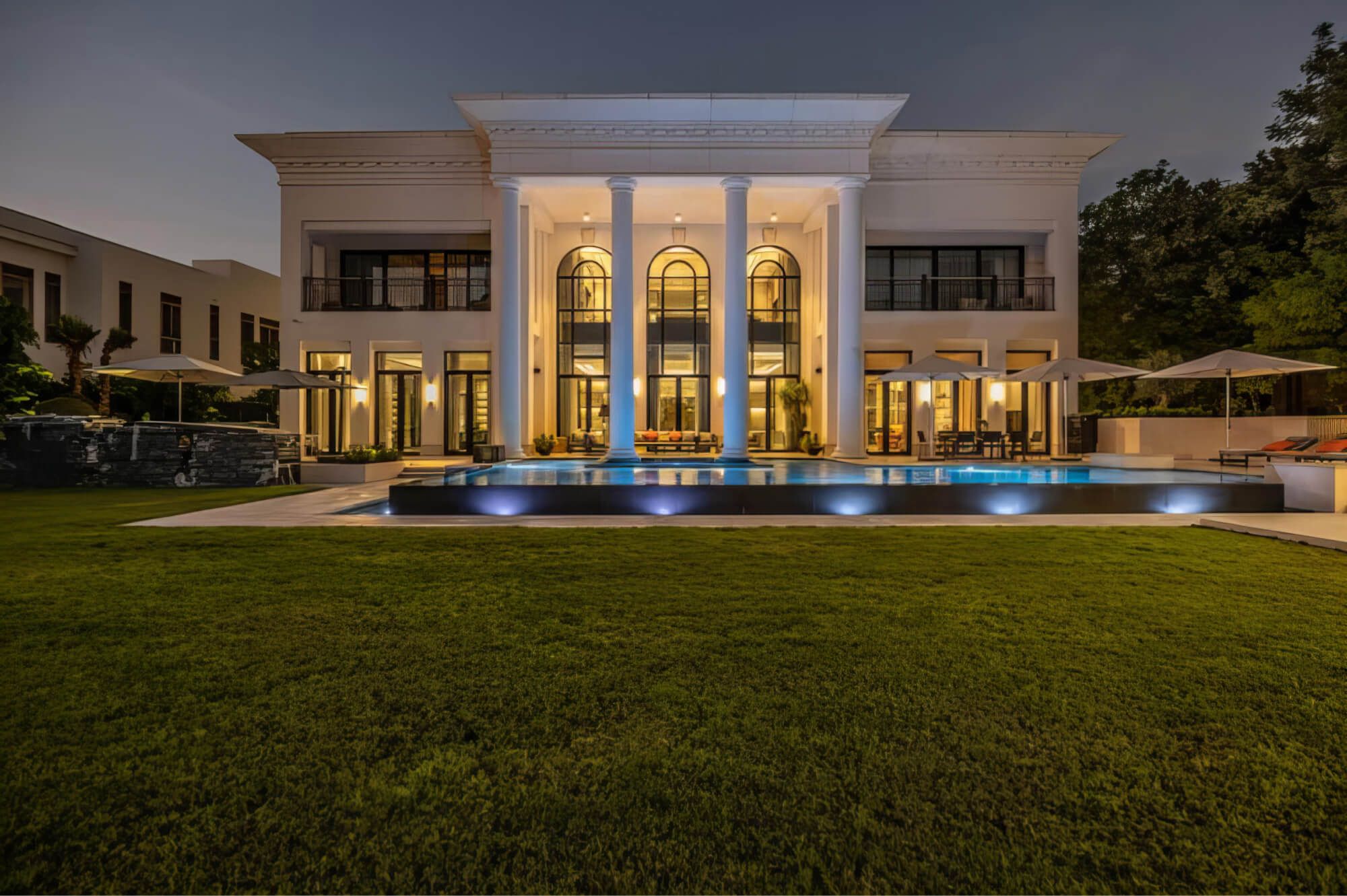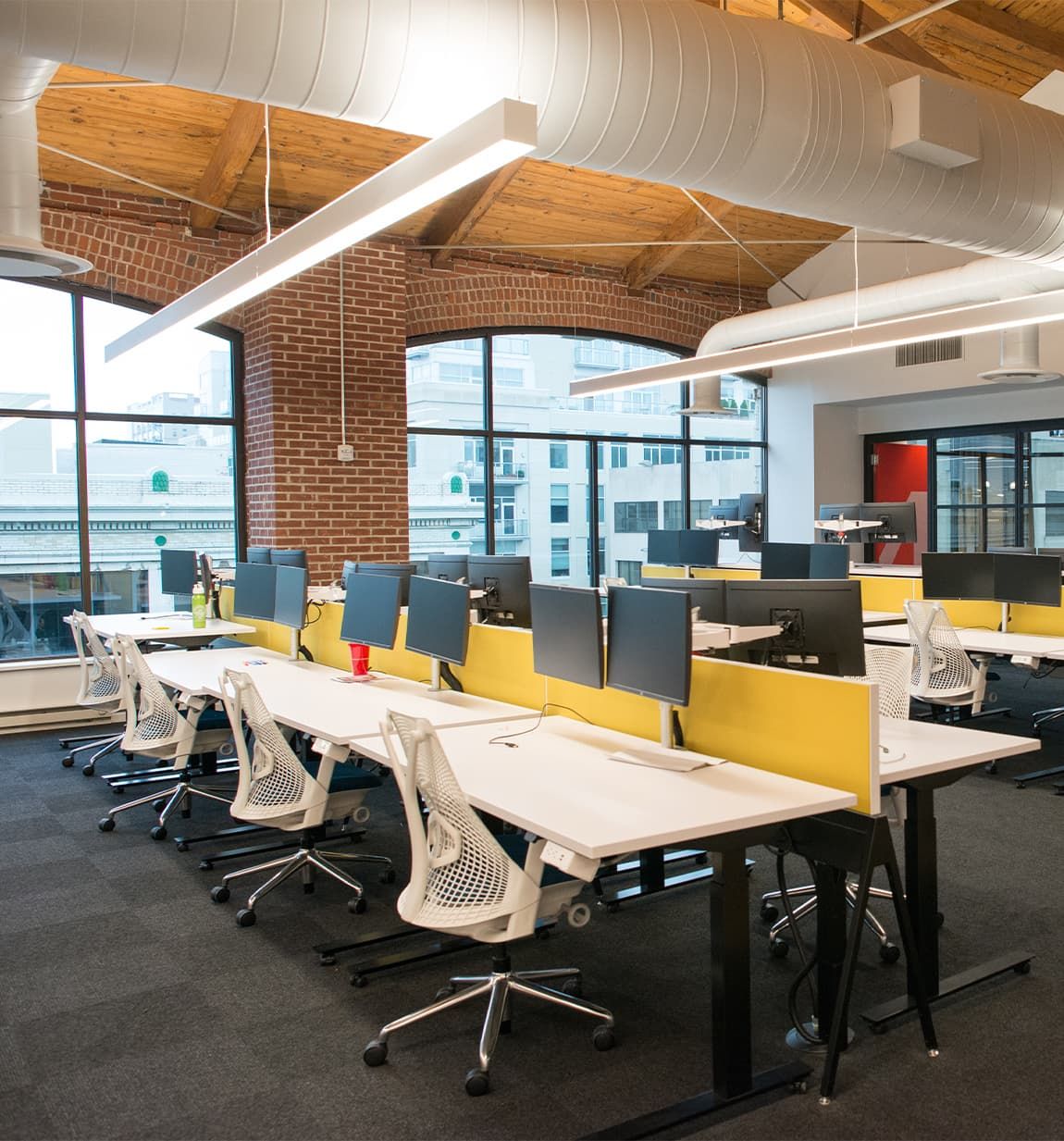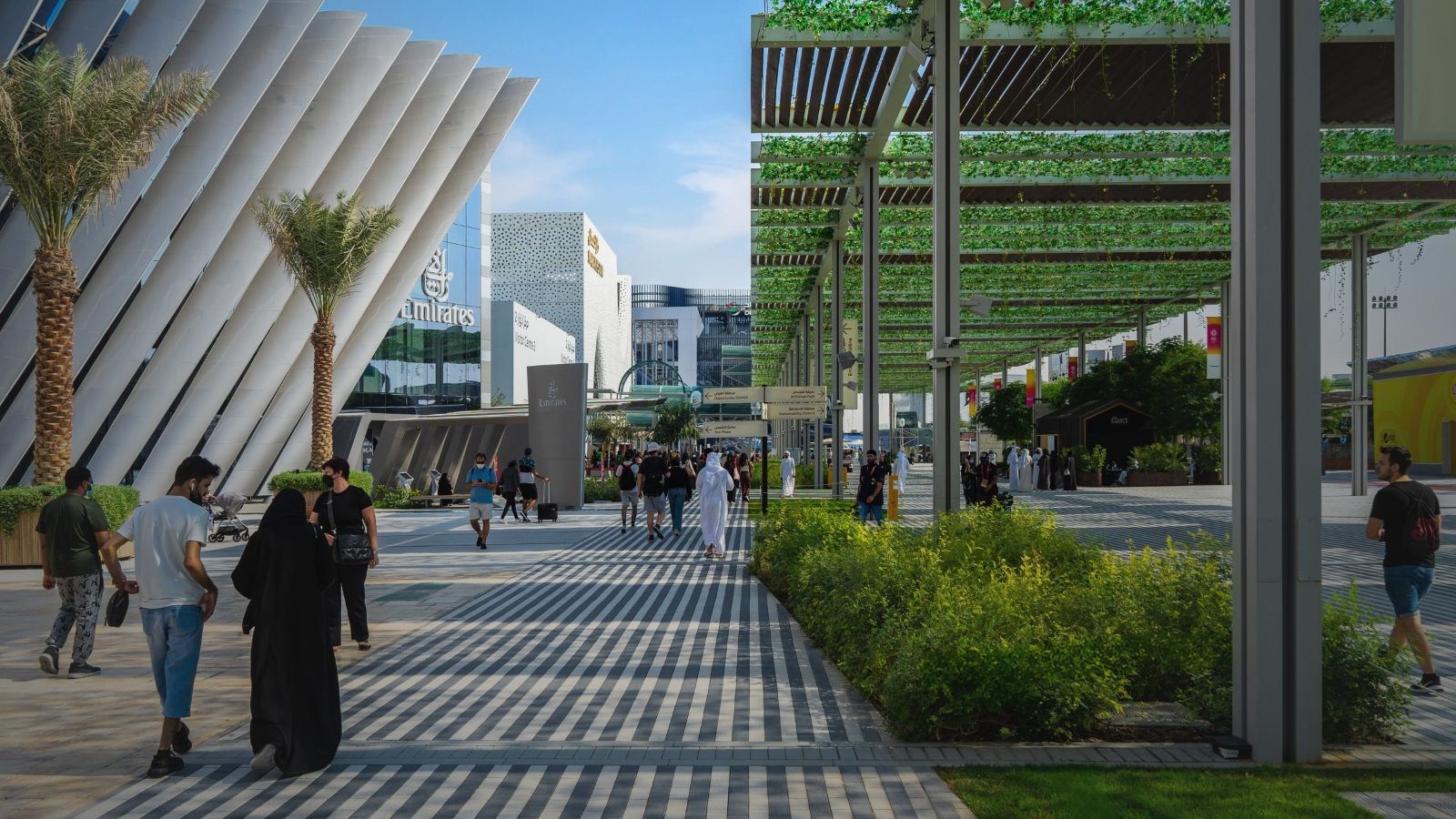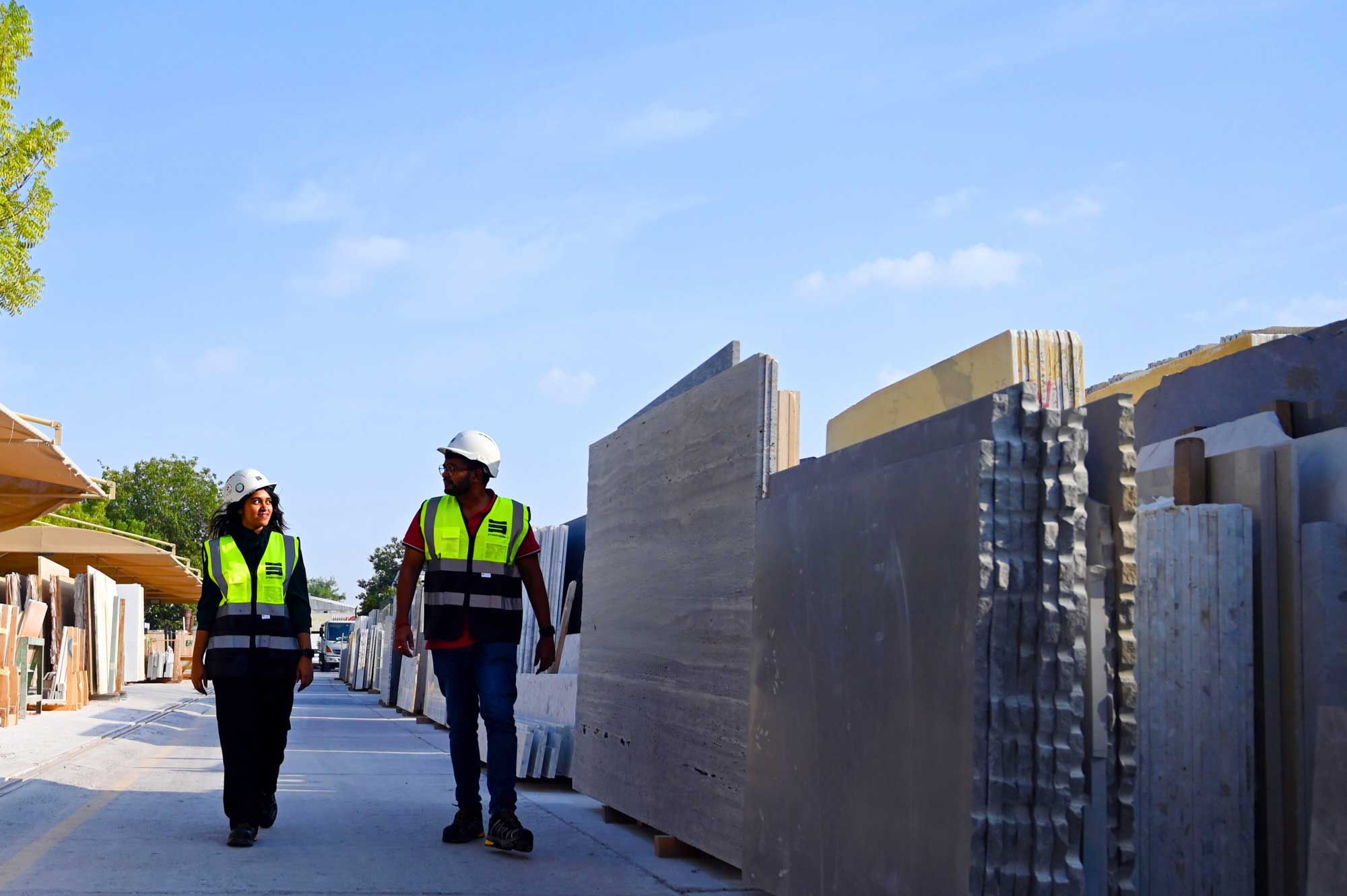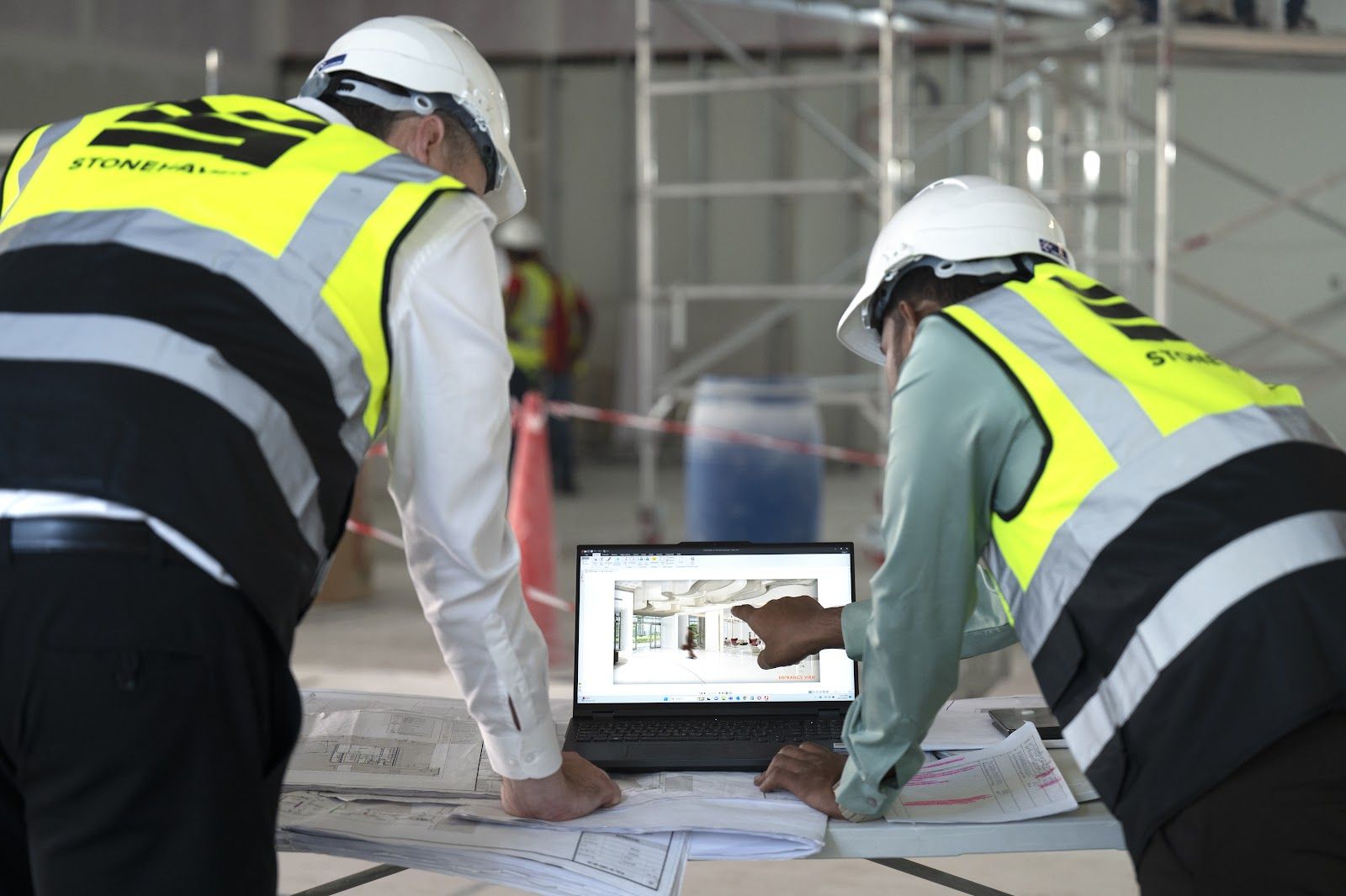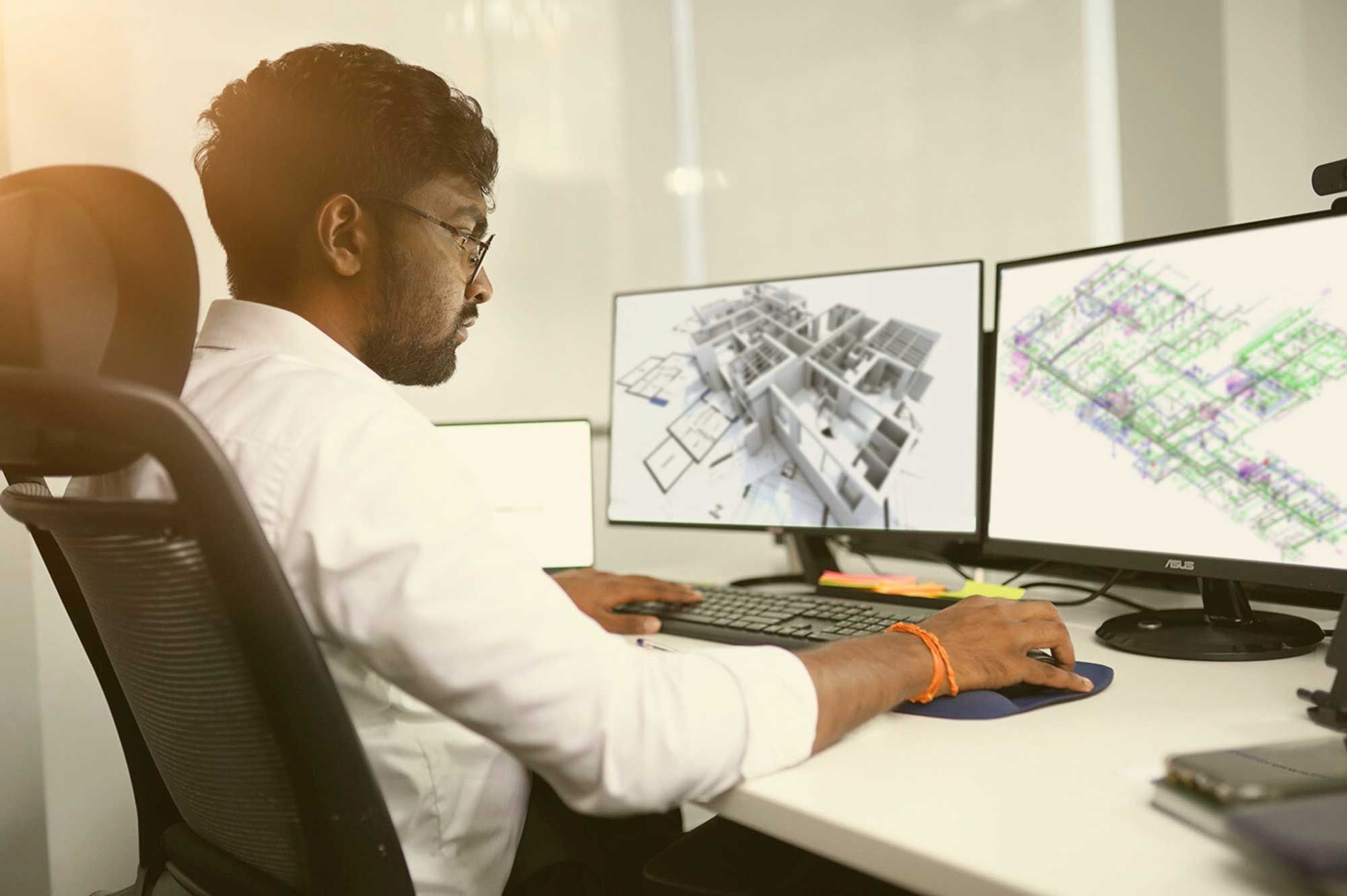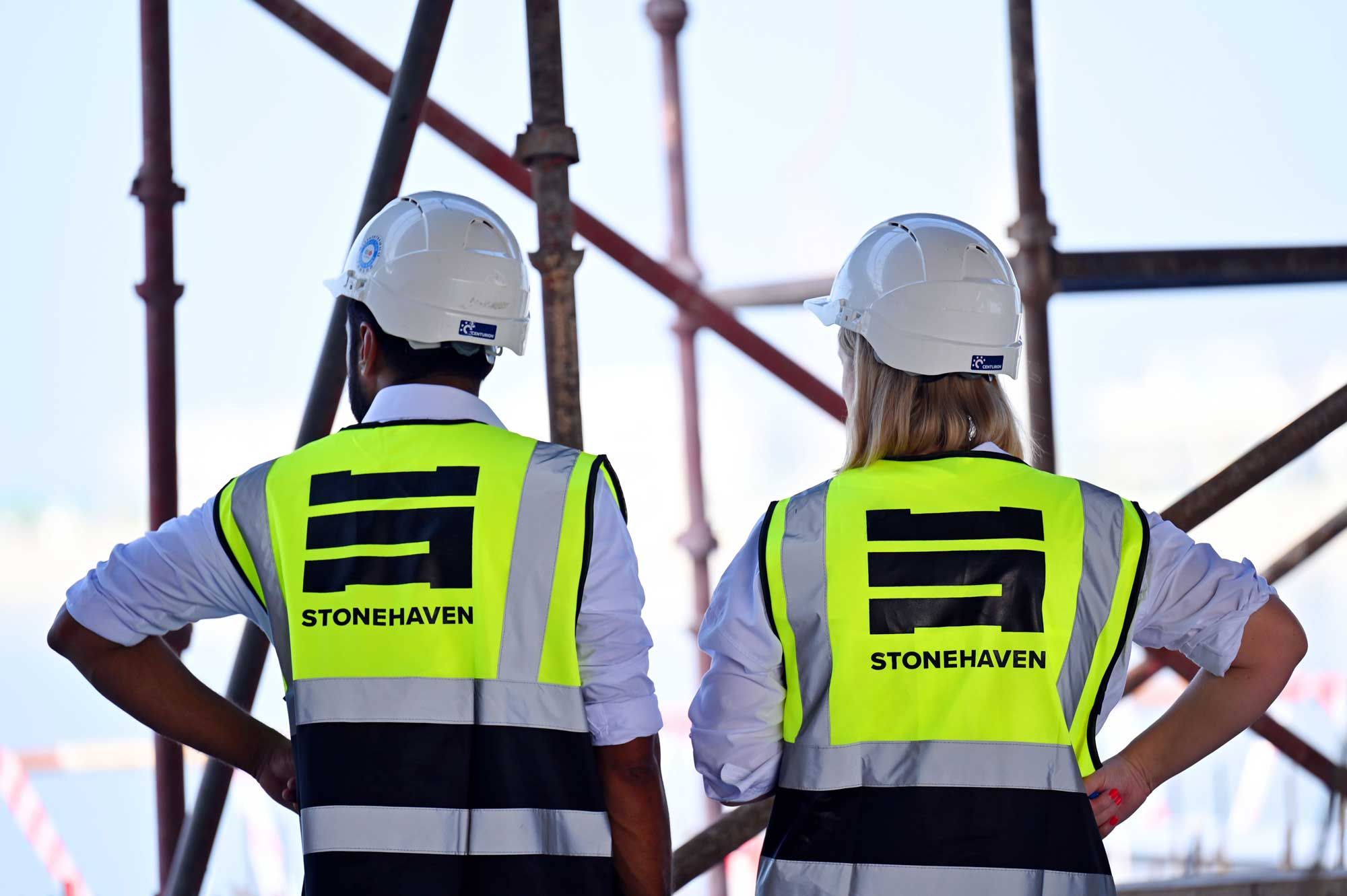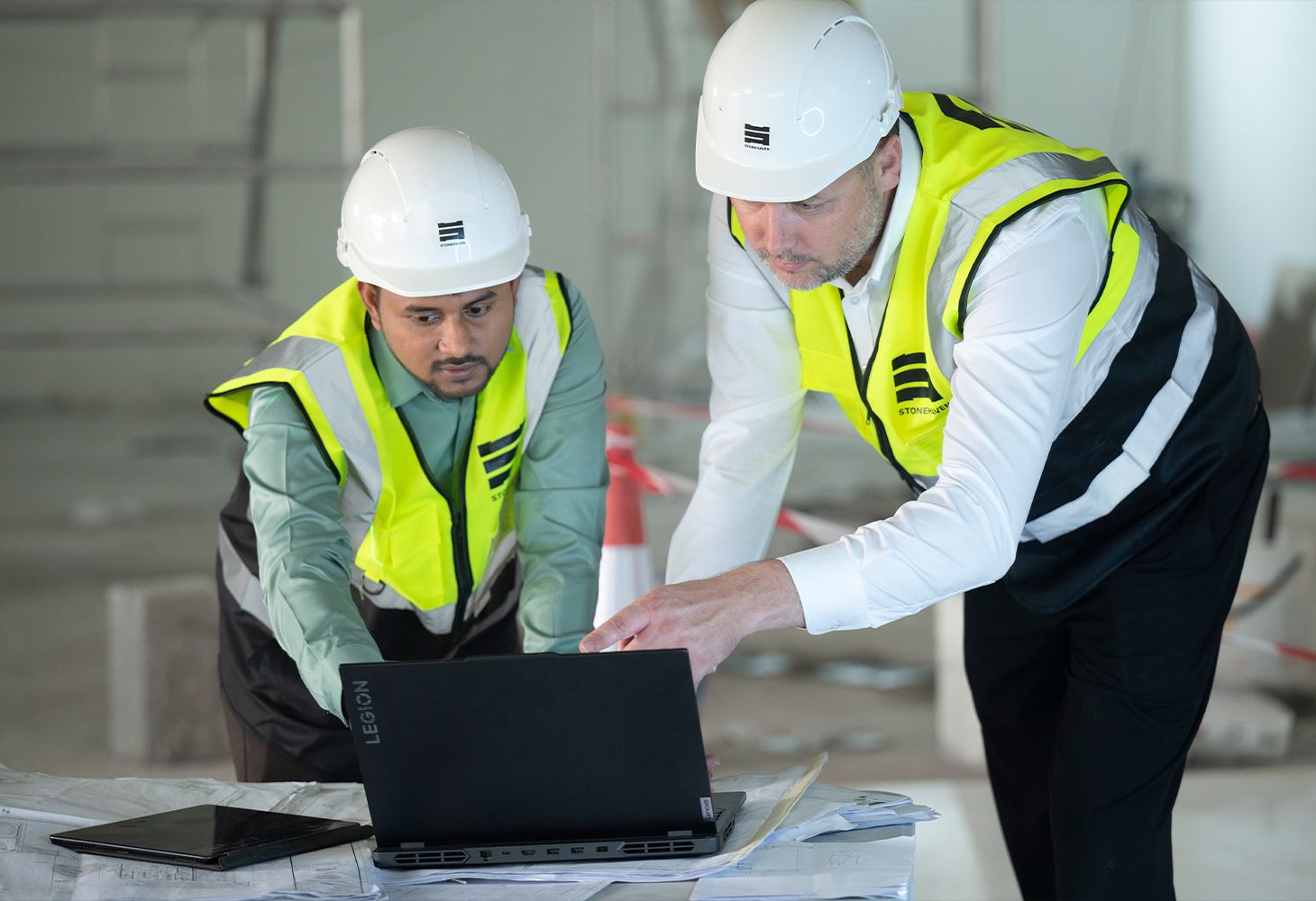Managing a construction project successfully requires more than just having a blueprint and a team of workers on-site. It’s about making sure every aspect of the project—from planning and budgeting to execution and delivery—while maintaining efficiency, quality, and safety. Whether you're handling a commercial build, a large-scale infrastructure project, or a residential development, having a structured approach ensures everything stays on track.
In the world of construction and project management, unexpected challenges are inevitable. Delays in permits, material shortages, labour issues, and budget overruns can threaten timelines and profitability. That’s why effective project management for construction projects is critical. A well-managed project results in on-time delivery, cost efficiency, and a superior final product, while a poorly managed one can lead to delays, legal disputes, and financial losses.
This guide takes you through the step-by-step process of managing a construction project, breaking it down into ten essential stages. Whether you’re a developer, contractor, or project manager, these steps will help you maintain control, improve workflows, and avoid big risks.
What is Construction Project Management?
Construction project management is the structured process of planning, coordinating, and overseeing a construction project from initiation to completion. Unlike general project management, construction projects involve multiple moving parts, strict regulations, and high stakes—making precision and foresight essential.
According to TeamGantt, 77% of high-performing companies recognise the value of project management, compared to only 40% of low-performing companies. This highlights the critical role that structured project management plays in improving efficiency, reducing risks, and ensuring project success.
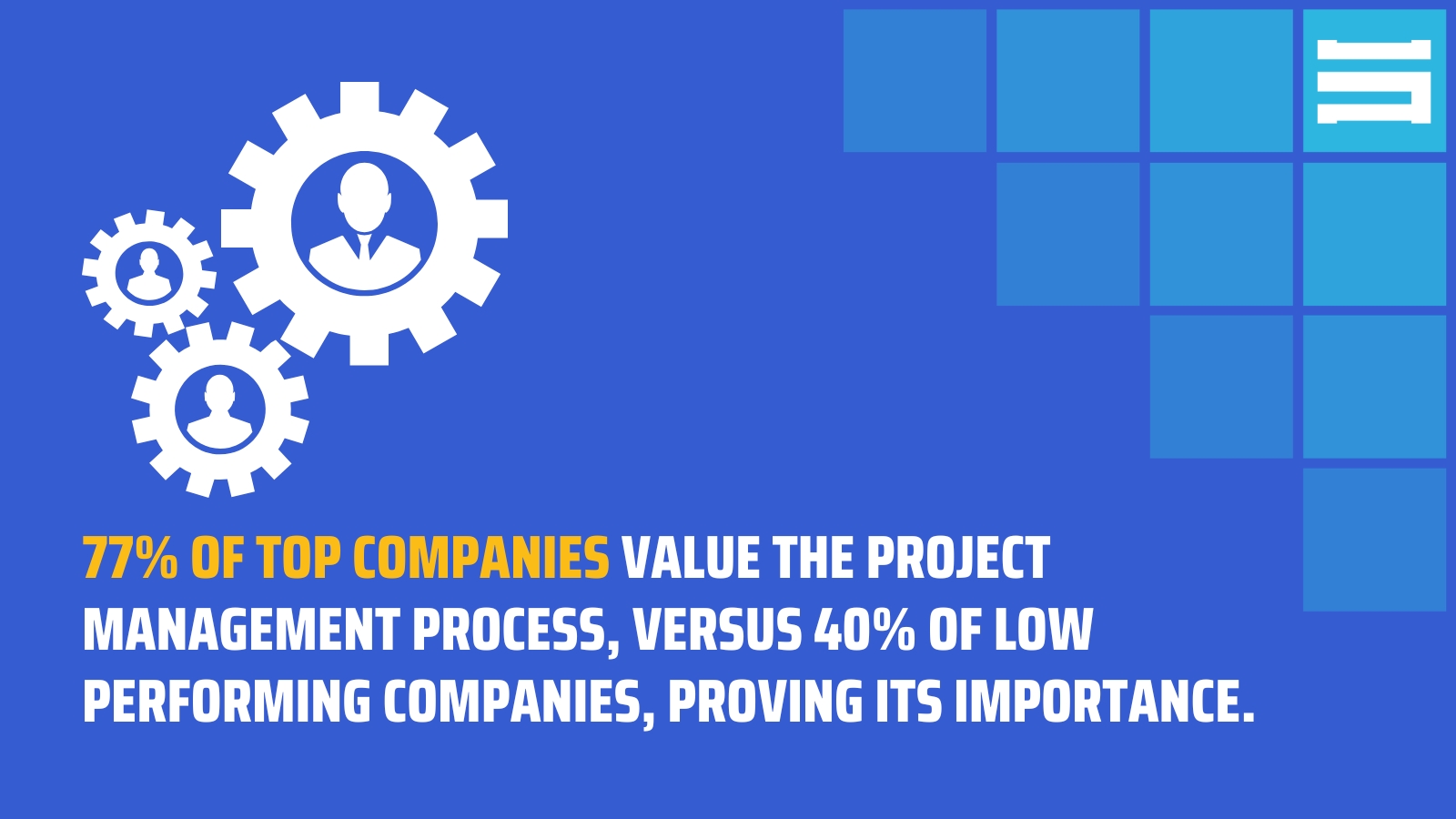
Managing Construction Projects Step by Step: Examples
Successfully managing a construction project in the Middle East comes with unique challenges and opportunities. From the booming real estate sector in Dubai to the giga-projects in Saudi Arabia, construction project management in the region requires strategic planning, compliance with local regulations, and adaptability to climate and labour market conditions.
Below, we provide real-world scenarios for each of the ten critical steps to managing a construction project, to the context of the Middle Eastern market.
1. Define Project Goals and Scope
Scenario: Developing a Luxury Hotel in Sharjah
A luxury hotel development in Sharjah requires careful planning to meet the expectations of high-end clientele while staying within budget and regulatory constraints. The developer envisions a five-star hospitality sector experience, complete with premium suites, a rooftop infinity pool, and world-class dining facilities. However, without a clear scope definition, there is a risk of scope creep—where additional features and last-minute design changes cause delays and inflate costs.
To prevent this, the project team creates a detailed project scope document outlining the exact number of rooms, amenities, and materials to be used. Compliance with Dubai’s Green Building Regulations is also incorporated from the start, ensuring sustainability targets are met. By establishing strict design and operational parameters, the project avoids unnecessary modifications that could disrupt schedules.

Effective alignment is another crucial factor. The developer, architects, engineers, and investors must all agree on the objectives before work begins. With a well-defined scope, budget forecasts remain accurate, project deadlines are achievable, and all parties have a clear roadmap for execution. This structured approach sets the foundation for a smooth construction workflow and a successful final product.
2. Assemble the Right Project Team
Scenario: Hiring Skilled Labour for a Mega Mall in Saudi Arabia
A major shopping mall project in Riyadh is part of Saudi Vision 2030, designed to boost the retail sector and create job opportunities. The developer faces a challenge in finding enough skilled professionals to meet the project’s technical requirements.
To navigate this, the company partners with a project management advisory firm specialising in construction recruitment in the Middle East. They develop a hiring strategy that balances local workforce requirements with the need for international expertise. Saudi engineers and project managers are hired to meet compliance standards, while experienced expatriate construction workers are recruited to ensure high-quality execution.
Clear contracts and role definitions help avoid workforce disputes. Additionally, the project team implements on-the-job training programs, upskilling local talent to take on more technical roles in the long term. By assembling a well-structured and compliant workforce, the project maintains high standards of quality and efficiency while aligning with national employment policies.
3. Develop a Detailed Project Plan
Scenario: Constructing a New Metro Line in UAE
The construction of a new metro line is a high-priority infrastructure project. Given the tight timeline, the risk of delays and mismanagement is high. Without a detailed plan, the project could face severe setbacks, affecting transportation readiness for the event.
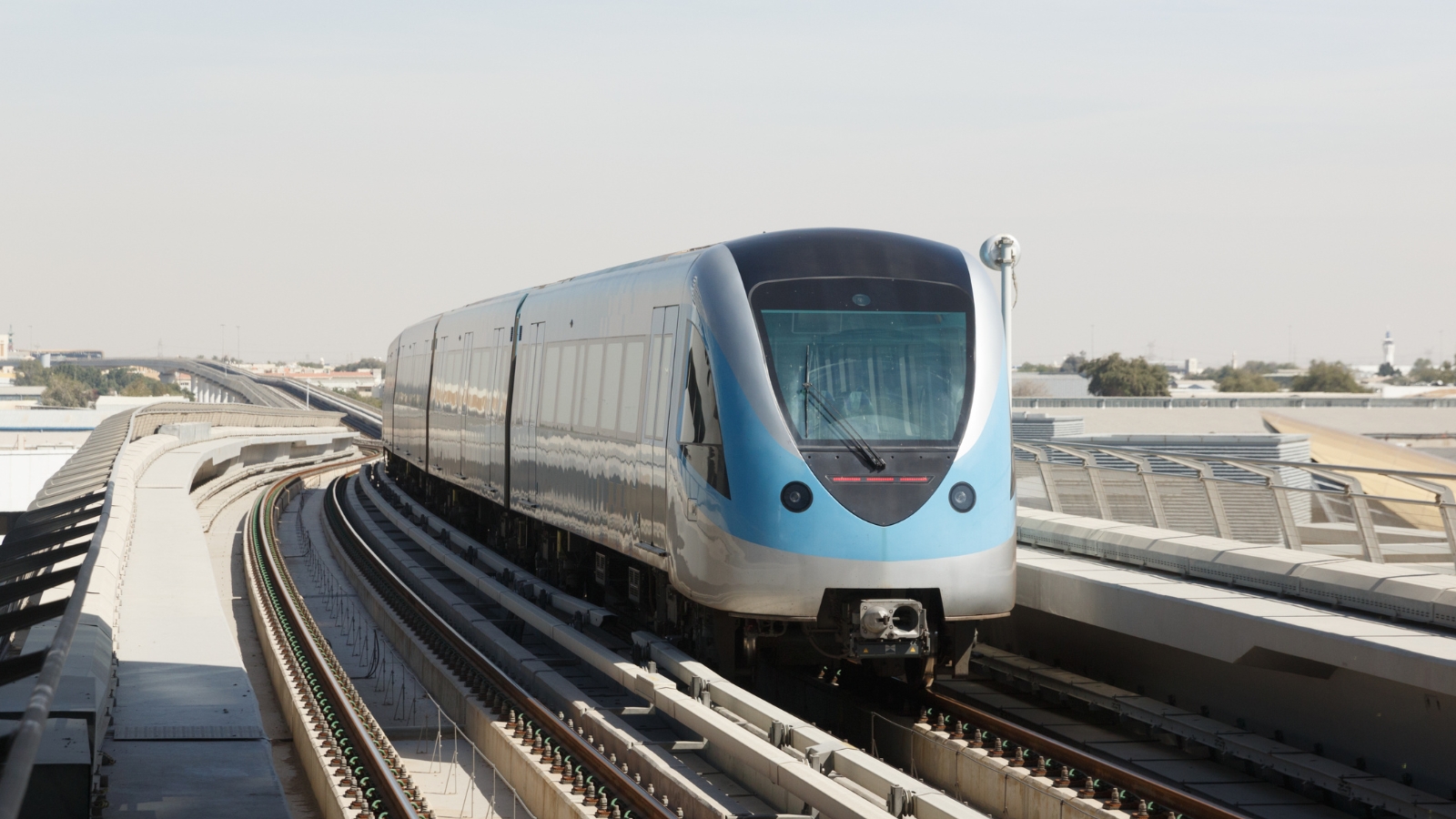
To reduce this risk, the project team develops a comprehensive project schedule using construction software such as Procore. This includes:
-
Phased scheduling, ensuring each section of the metro is completed sequentially.
-
Material procurement tracking to prevent delays from supplier shortages.
-
Labour resource allocation to ensure efficient deployment of workers.
Another major consideration is UAE’s extreme summer heat, which can impact worker productivity. The team adjusts the work schedule, ensuring heavy construction activities take place at night to comply with midday work bans. By integrating detailed project timelines, contingency plans, and adaptive scheduling, the metro project remains on track for completion ahead of the event.
4. Secure Permits and Regulatory Approvals
Scenario: Building a High-Rise in Abu Dhabi
A developer planning a 50-storey mixed-use tower in Abu Dhabi faces the challenge of navigating complex building regulations and permit approvals. The project must comply with Abu Dhabi Municipality laws and the Estidama Pearl Rating System, which mandates sustainability measures. Without proactive management, delays in approvals could halt construction for months.
To streamline the approval process, the project team hires local consultants who specialise in navigating regulatory frameworks. They submit comprehensive compliance documentation early, ensuring all necessary permits for zoning, environmental impact, and safety standards are obtained without issue.

5. Set Up Strong Communication Systems
Scenario: Coordinating an International Team on a Smart City Project in NEOM
A smart city project in NEOM, Saudi Arabia, involves contractors and engineers from Europe, Asia, and the Middle East, creating challenges in communication due to language barriers and differing work methodologies. Poor coordination could lead to errors, rework, and project delays.
To ensure seamless collaboration, the project team implements cloud-based construction management tools such as Procore and BIM 360. These platforms enable real-time sharing of blueprints, updates, and work progress, reducing the risk of miscommunication. Weekly virtual meetings with multi-language support ensure that all teams are aligned on project goals.
6. Cost Management and Control
Scenario: Managing Material Costs for a Residential Project in Kuwait
A property developer in Kuwait is overseeing the construction of a gated villa community designed to attract high-net-worth buyers. However, as global supply chain disruptions and currency fluctuations drive up material costs, the project risks exceeding its budget. Essential materials like cement, steel, and glass are becoming more expensive, and delays in imports could further escalate costs. Without a structured financial plan, the developer could face budget overruns and compromised profitability.
To prevent this, the cost management team implements a multi-layered cost control strategy. They negotiate long-term contracts with local suppliers, securing materials at fixed rates before price surges affect the market. This strategy ensures cost predictability and protects against unexpected market fluctuations. The team also applies value engineering principles, opting for high-quality local materials instead of expensive imported ones. For example, instead of Italian marble, they source premium Kuwaiti stone, which maintains the luxury appeal while reducing transportation costs.
7. Risk Management and Contingency Planning
Scenario: Dealing with Sandstorms in a Construction Project
A leading construction firm in UAE is working on a waterfront commercial development, a high-profile project expected to attract international investors. However, one major challenge is the region’s frequent sandstorms, which reduce visibility, create hazardous working conditions, and halt operations for days at a time. If not managed properly, these interruptions could significantly delay project timelines and increase costs due to extended labour and equipment rental periods.

To reduce this, the project manager develops a weather-related contingency plan built into the schedule. The team consults historical climate data to predict peak sandstorm seasons and adjusts construction sequencing accordingly. Instead of scheduling exterior work, such as structural assembly, during these months, they shift focus to off-site prefabrication, which allows critical components to be built in a controlled environment.
8. Implement Quality Control Measures
Scenario: Ensuring High Standards in a Government Hospital Project in Oman
A government-led healthcare infrastructure project in Muscat, Oman, involves constructing a modern, high-tech hospital. Given the nature of the project, maintaining exceptional quality standards is critical. Any construction defects or safety oversights could lead to serious legal repercussions, financial losses, or risks to patient well-being. To avoid these risks, the developer must implement rigorous quality control measures throughout the construction process.
To ensure compliance with international healthcare construction standards, the project team sets up on-site quality control laboratories where materials such as concrete, steel reinforcements, and insulation are tested before installation. This guarantees that all materials meet regulatory requirements and are suitable for long-term use.
Regular third-party inspections are conducted at key construction phases, preventing substandard work from progressing. These inspections focus on structural integrity, fire safety compliance, and medical facility-specific requirements, such as proper ventilation and infection control design. The project also implements Building Information Modelling (BIM) technology, which allows for early detection of design clashes that could otherwise lead to costly rework.
Through strict quality control procedures and real-time oversight, the hospital is built to the highest standards, ensuring safety, longevity, and compliance with Oman’s healthcare infrastructure regulations.
9. Monitor Progress and Adapt to Challenges
Scenario: Adapting to Delays in a Mega Resort Project in Oman
A luxury beachfront resort project in Oman is expected to become a premier tourist destination. However, the project faces an unexpected supply chain bottleneck when a shipment of imported Italian marble—a key design element—gets stuck at customs due to new import regulations and logistical disruptions. This threatens the interior finishing schedule, potentially delaying the resort’s grand opening.

Rather than halting progress, the project team swiftly implements an adaptive strategy. They source high-quality regional marble alternatives that match the original design specifications. This decision ensures that work continues without compromising aesthetics or quality. At the same time, the team uses real-time construction tracking software to reallocate resources, ensuring other parts of the project move forward while waiting for the remaining imported materials.
10. Final Inspections and Project Handover
Scenario: Delivering a Luxury Resort Before Peak Tourist Season
A five-star beachfront resort in Dubai is nearing completion, set to welcome high-profile guests and international tourists ahead of the peak travel season. The developer faces immense pressure to hand over the property on time, as any delays could result in lost bookings, financial penalties, and reputational damage. Additionally, last-minute construction defects or unfinished amenities could impact guest satisfaction, leading to negative reviews and operational setbacks.
To ensure a seamless handover, the project team implements early-stage inspections rather than waiting until the final construction phase. A dedicated quality assurance team conducts systematic checks on MEP (mechanical, electrical, and plumbing) systems, fire safety compliance, and high-end finishing details to ensure the resort meets luxury hospitality standards. Special attention is given to the spa, pool areas, and gourmet restaurants, ensuring they are fully operational before opening.
Conclusion
Managing a construction project in the Middle East requires strategic planning, regulatory compliance, and adaptability to regional challenges such as extreme weather, labour laws, and fluctuating material costs. By following these ten structured steps, developers and contractors can ensure on-time, high-quality project delivery.
With the right project management advisory services, companies can mitigate risks, optimise costs, and enhance efficiency, making their projects successful in dynamic Middle Eastern markets.
About us
At Stonehaven, we specialise in providing expert project management consultancy services for construction projects across the Middle East. With years of experience in the industry, our team ensures that every project is delivered on time, within budget, and to the highest quality standards.
Our approach is client-focused, ensuring that every project reflects your vision, operational goals, and investment strategy. We believe in transparent communication, providing regular updates and data-driven insights to keep stakeholders informed at every stage.
Whether you're looking to launch a large-scale development or need assistance optimising an ongoing project, Stonehaven is here to help. Our team is committed to delivering excellence, ensuring your construction projects are executed seamlessly from inception to completion.

